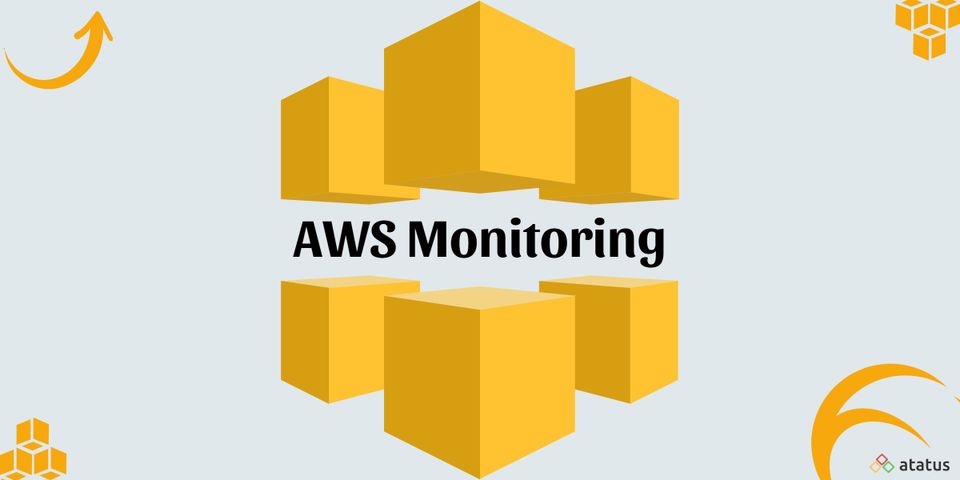In today's software-driven world, speed is everything. The top organizations roll out software upgrades on a daily basis, if not more often. Businesses need a strategy for managing their software from start to finish in order to achieve such incredible levels of efficiency. That’s where application lifecycle management (ALM) arrives.
Here how it’s done:
- What is Application Lifecycle Management?
- Why Application Lifecycle Management is Important?
- Components of Application Lifecycle Management
- Stages of Application Lifecycle Management
- Benefits of Application Lifecycle Management
What is Application Lifecycle Management?
The process of identifying, designing, developing, and testing a software application is known as application life cycle management. It encompasses the complete application lifetime, from concept to development, testing, deployment, support, and, finally, user experience. ALM can be divided into different phases depending on the software development process (for example, waterfall, agile, or DevOps).
In simple terms, application lifecycle management (ALM) is the process of developing and maintaining an application until it is no longer in use. As a result, application lifecycle management encompasses everything from the first concept to customer support. As a result, ALM entails every member of your team, as well as any tools they utilize. ALM includes any measures made by the team to manage the application.
Some people mix up application lifecycle management (ALM) and software development lifecycle (SDLC) management. While they may appear to be identical, the key distinction is that ALM encompasses every stage of an application's life cycle. SDLC only covers the development side of an application, therefore it's only one component of ALM.
Why Application Lifecycle Management is Important?
ALM must be implemented if you want to provide high-quality releases on time.
- It Enables You to Specify the Appropriate Requirements
You may make sure that these objectives are reached while also aiding the development team in their efforts to improve. Always remember to test the application as the process progresses.
ALM tools, of which there are many fantastic options on the market, are the ideal approach to apply ALM. You should have no trouble using them throughout the application's lifecycle. Your product will stand out if you combine ALM tools with a great development team. - ALM can be Used with Any Development Method
The foundation is ALM. Its features are determined by the strategy you choose, therefore you can utilize old-school approaches like Waterfall or new approaches like Agile. ALM is fundamentally about producing, integrating, and managing a product, regardless of your strategy. - ALM Takes a Comprehensive Strategy
Each ALM process can be done independently, but they all work together to provide the best possible product. This strategy isn't limited to ALM applications. You may have connected some non-ALM applications with your ALM in order to boost the efficiency of your company.
Businesses must realize that ALM is quite effective. ALM brings together all of the project's departments, allowing you to build, deploy, and manage your application more efficiently.
Components of Application Lifecycle Management
Governance, development, and operations are the three key components of the ALM process.
- Application Governance
Application governance refers to the process of making decisions regarding an application. The process of governance begins with the development of a business case, in which the app's concept is linked to a strategic corporate goal. Resource management, data security, and user access are all aspects of governance. When a company has many applications, application portfolio management comes into play. - Application Development
The software development lifecycle or SDLC is another name for the development stage of ALM. Identifying current issues, planning, designing, building, testing, delivering, and updating the application is all part of development. These phases may be discrete steps (waterfall) or fully integrated, depending on your development style (agile or DevOps). - Application Operations
Operations are the third component of ALM. The deployment of the software and the upkeep of the technology stack are included in operations. Operation is a separate step from development in waterfall development. DevOps combines operations and development into a seamless, continuous process.
Stages of Application Lifecycle Management
The stages of ALM are as follows:
- Requirement Management
The initial level of the ALM process is requirement management, which assists you in documenting, analysing, tracking, prioritizing, and deciding on requirements. It's a never-ending procedure that will last the whole of a project's life cycle. - Design
Design management is a technique that improves usability to increase client happiness and loyalty. It also allows the customer and the product to interact. - Build Management
Code management is another name for build management. It is the process of turning source code files into software components that can run on their own. An application idea becomes a working application at this level.
The application is developed, tested, and deployed at this point, and the tester begins writing test cases and a test script for the testing phase. - SCM
Software Configuration Management (SCM) is another ALM stage in which the development team organizes, maintains, and controls changes to documents, codes, and other entities across the Application Development Life Cycle process. - Maintenance and Operations
The monitoring, management, and development of the applications will commence during the ALM phase. This ALM step in DevOps includes "release," "config," and "monitor". This is where you find and fix bugs and assists you in planning and prioritizing the product's upcoming updates. - Test management
During the testing phase, testers must ensure that the application meets the requirements established during the first stages of the process.
They must also ensure that, even if this isn't well stated during the requirements phase, the application will fulfil the user's expectations as well as the needs of all other stakeholders who will be required to support it throughout its lifecycle. - User Experience
The maintenance or user experience stage of ALM is generally the most time-consuming. It is, however, the one in which the testing and development teams are normally the least involved.
The role of the users comes into play when the application has been established. They go over the entire application and provide their thoughts based on their observations. You will receive the completed application.
Benefits of Application Lifecycle Management
ALM provides a number of benefits, however not all of them will apply to your company at all times. The following are some of the most major advantages that ALM provides:
- Employee Satisfaction, Productivity, and Usage all will Improve
It is beneficial to the development team. This is particularly evident in the SDLC. The development team can choose the tools they want using ALM. This is critical since employees like to work with their preferred technology, therefore ALM is critical for increasing productivity and employee happiness. - Allows for Real-Time Decision-Making
Making As an application develops, businesses can make smarter decisions. Teams can get an advantage over the competition by using capabilities like real-time planning and version control. These features allow teams to "predict" the application's future, allowing them to make preparations ahead of time and so improve the application. - Collaboration of Multiple Teams
Many companies have locations all over the world, necessitating the usage of ALM to provide effective communication without network disruptions. ALM tools ensure that everyone participating in the development process has access to the project's status, ensuring that everyone is aware of any plans, strategies, or modifications. - Increases the Speed and Agility of Development
Today's market is fiercely competitive, with every company scrambling to find anything that would set them apart. It's the same with software development. Your teams will be able to produce products with incredible speed and agility with ALM, helping you to stay competitive. - Allows Tests and Solutions
Using ALM tools gives you access to a platform that will help you with your application's development and testing. There are several obstacles in developing software, including providing mechanisms for teams to communicate with one another. - Assists Companies in Making More Effective Planning Decisions
ALM enables you to start any project using the appropriate methodology and computations. The project's administration is aided by the use of resource planning. Depending on the needs of your application, you'll have different tools at your disposal. - Developing and Maintaining a High-Level Customer Satisfaction
It doesn't matter what kind of business you run, keeping your consumers happy is critical. Soliciting consumer input is critical for improving your product. This is where ALM really shines. They have a mechanism in place to collect all comments and distribute them to the various teams, hence improving communication.
Conclusion
You don't want to build an app without an ALM plan, just like you wouldn't want to sail across the ocean without a compass. ALM gives the team clear guidance, speeds up development, and helps you make better decisions across the life of an application. It is a necessary component of today's successful businesses.
Monitor Your Entire Application with Atatus
Atatus provides a set of performance measurement tools to monitor and improve the performance of your frontend, backends, logs and infrastructure applications in real-time. Our platform can capture millions of performance data points from your applications, allowing you to quickly resolve issues and ensure digital customer experiences.

Atatus can be beneficial to your business, which provides a comprehensive view of your application, including how it works, where performance bottlenecks exist, which users are most impacted, and which errors break your code for your frontend, backend, and infrastructure.





